Road drainage includes the removal or control of surface water and subsurface water away from the road surface and the subgrade that support it, one part of the rainwater flows to the ground or road surface, while the other part flows into the ground and reaches the groundwater table, raising its level.
It includes interception and diversion of water from the road surface and sub grade.
Purpose of road drainage:
- Road drainage maintains the surface of the road and its foundation as dry as possible with water.
- It maintain the stability and durability of the road.
- A good drainage system is required to maintain highway transportation at a minimal cost.
Types of Road Drainage:
1.Surface drainage:
A system in which road surface water is collected and disposed within the roadway, it is called surface drainage.
This system prevents surface water flowing from the surface of the pavement to the shoulders into the sub-grade of the road pavement or any other layer.
Functions of surface drainage:
- To stop the drainage of water from the road surface.
- To keep the road surface dry with water.
- The flow of water collected by gravity to a nearby natural stream or river.
- To increase the stability of all types of pavement.
Types of surface drainage:
1.Side gutter:
The drain provides a parallel to the roadway so that collecting and disposing of surface water is called a side gutter.
Surface drainage is efficiently done by providing a side gutter or side drain in the embankment and cuttings.
The section of the side gutter is normally trapezoidal or triangular in cutting.
Side drains are usually provided parallel to roads, the design depth of side drains is low and the road is subjected to light traffic.
Function of side gutter:
- The main function of the side gutters is to collect surface water.
- These drains eventually connect with the natural stream i.e. river.
- This side gutter can be cheap, easily constructed, and maintained but it gives an unpleasant look due to the deep ditch, so is undesirable where traffic is heavy.
2.Catch water drains:
Additional gutters or road drainage are provided parallel to the road at high levels for the collection and disposal of surface water are known as water drains.
Since the sloping land has a higher water content, it acquires a higher velocity as it approaches the gutter.
This can cause the ground to sink and the drain can also be damaged, therefore water drains are provided exclusively on sloping ground which goes near the roadside drain.
Functions of catch water drains:
- The catchwater drain accepts a large amount of surface water flow and also breaks the continuity.
- In this way, the flow reduces the velocity of the water thus prevents erosion, landslides and thereby protecting the side gutter.
- It also helps to reduce the size.
- If surface water flowing from high-level land to the road is large, it is desirable to take this water at regular intervals then this water flow through the embankment of the road through a pipe drain.
2.Sub-surface Drainage:
When the system drains water from the pavement under which it is collected and removed, it is called subsurface drainage.
Sub-surface drainage is used exclusively to control the moisture of all types of roads sub-grades.
If the moisture that accumulates in the sub-soil is excessive, the road structure weakens therefore it is more necessary to control the moisture of the road sub-grade.
Functions of sub-surface road drainage:
- To control the moisture of road sub-grades.
- Also maintains the carrying capacity of subgrade soil by preventing water ingress into it.
- To reduce capillary growth, water sometimes rises to a sub-grade from groundwater due to capillary action.
- This can be controlled by introducing a cut-off layer of granular material or impermeable bituminous layer.
Advantages of Road Drainage:
- Excess water that accumulation above the ground can create an environment that encourages mosquitoes to breed.
- Stationary water can make the soil dirty that cause corrosion.
- A drainage system can solve this problem by removing toxins from your yard.
Disadvantages of Road Drainage:
- A higher initial cost is required.
- Repair works are costly and inconvenient.
Also read: Curb and Gutter, Cross Drainage Work & Road Pattern
Conclusion:
Road drainage is the method of removing and controlling excess surface & subsurface water in the appropriate manner.
This consists of the interception and diversion of water from the road surface and sub-grades.

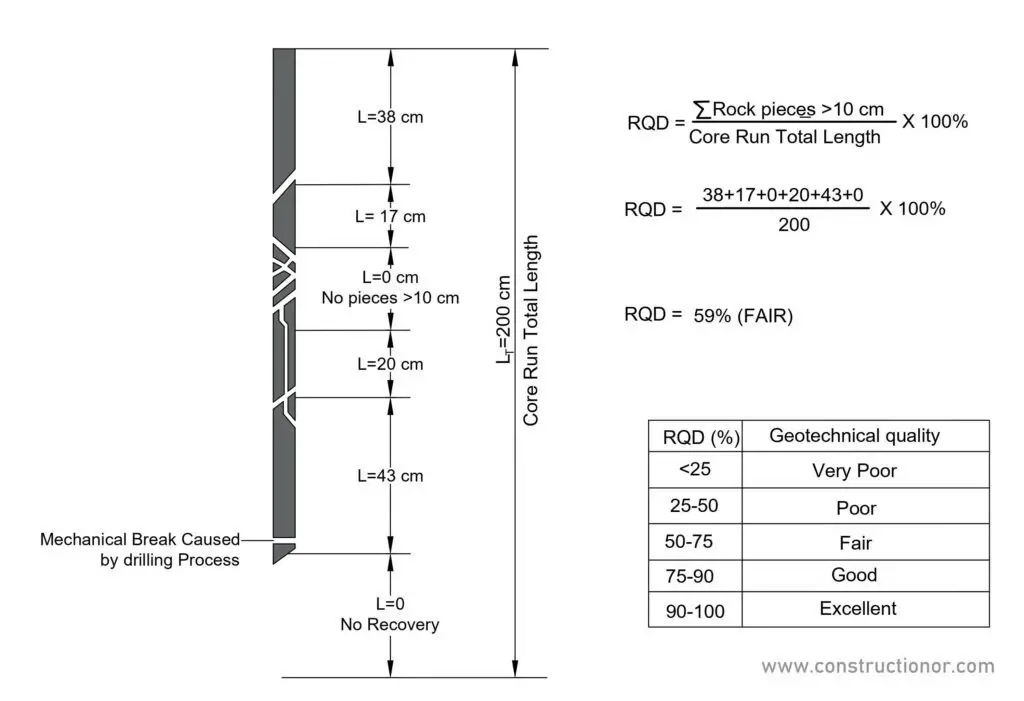



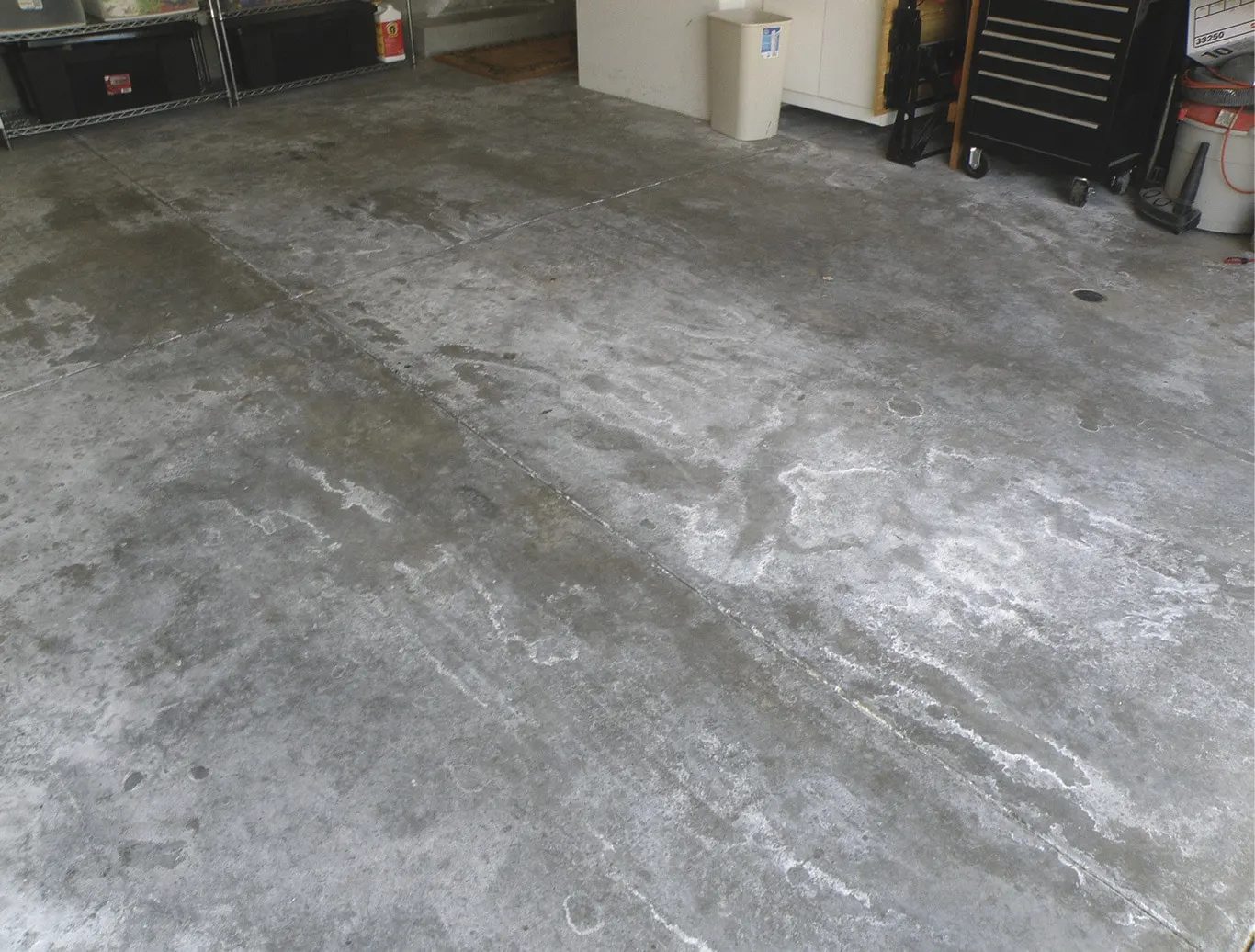
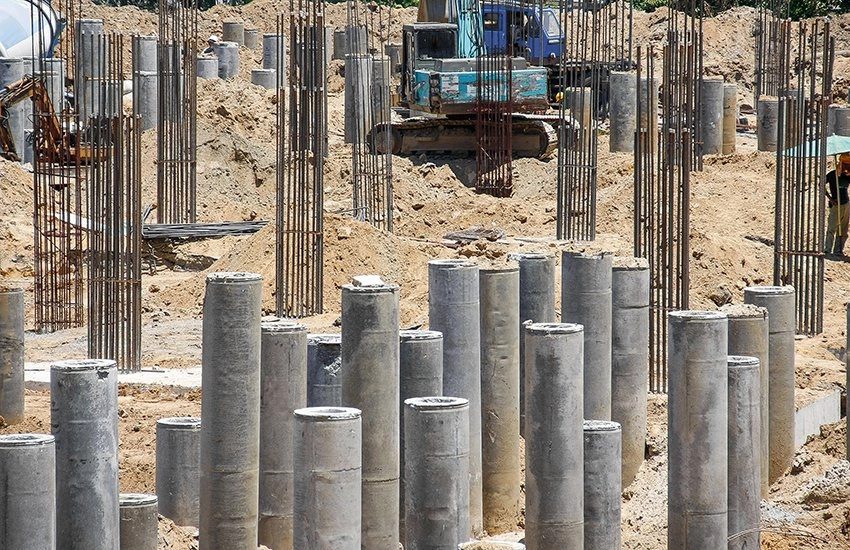

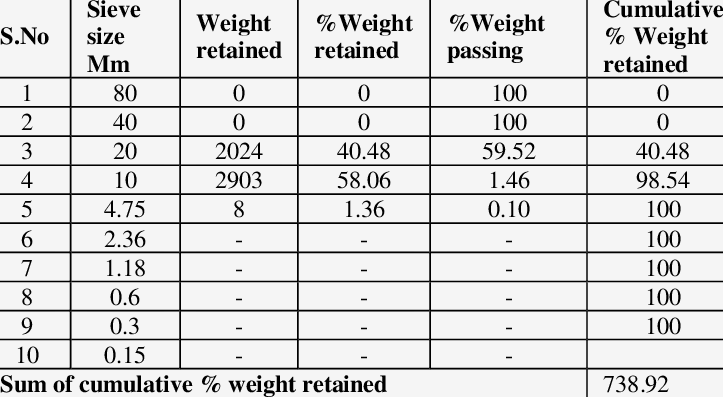
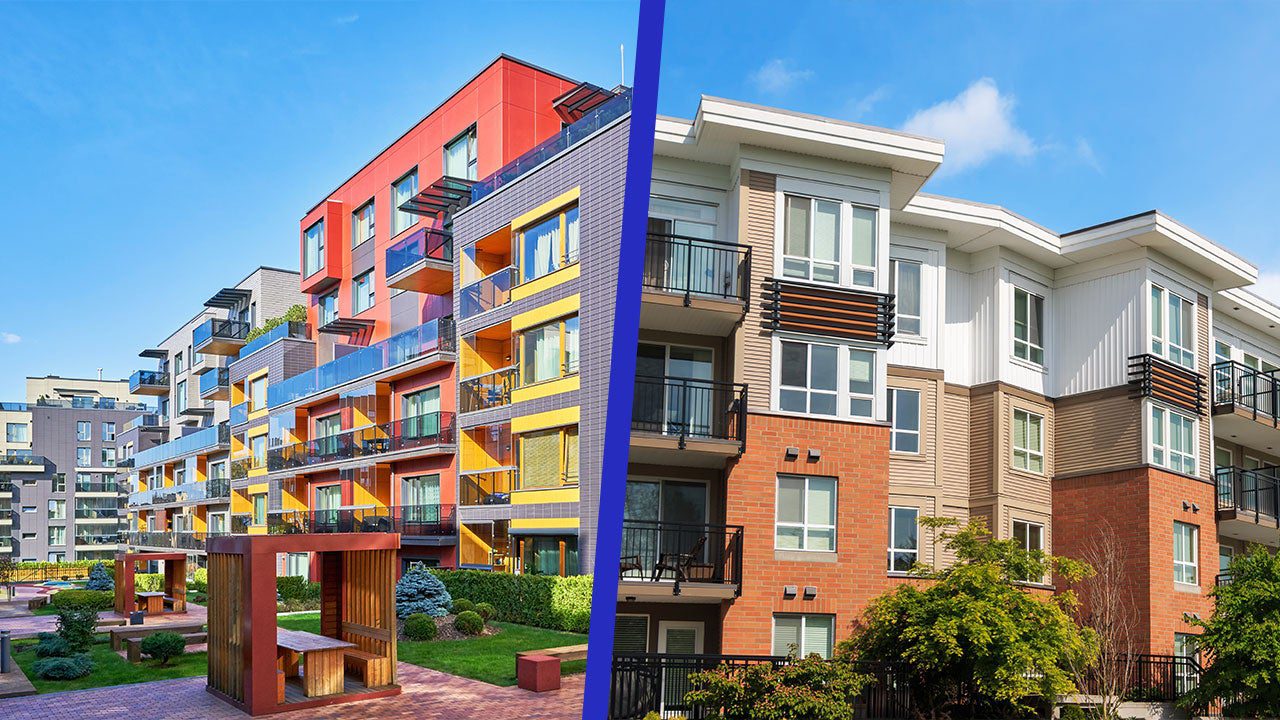
Great idea you have shared here over Road Drainage.